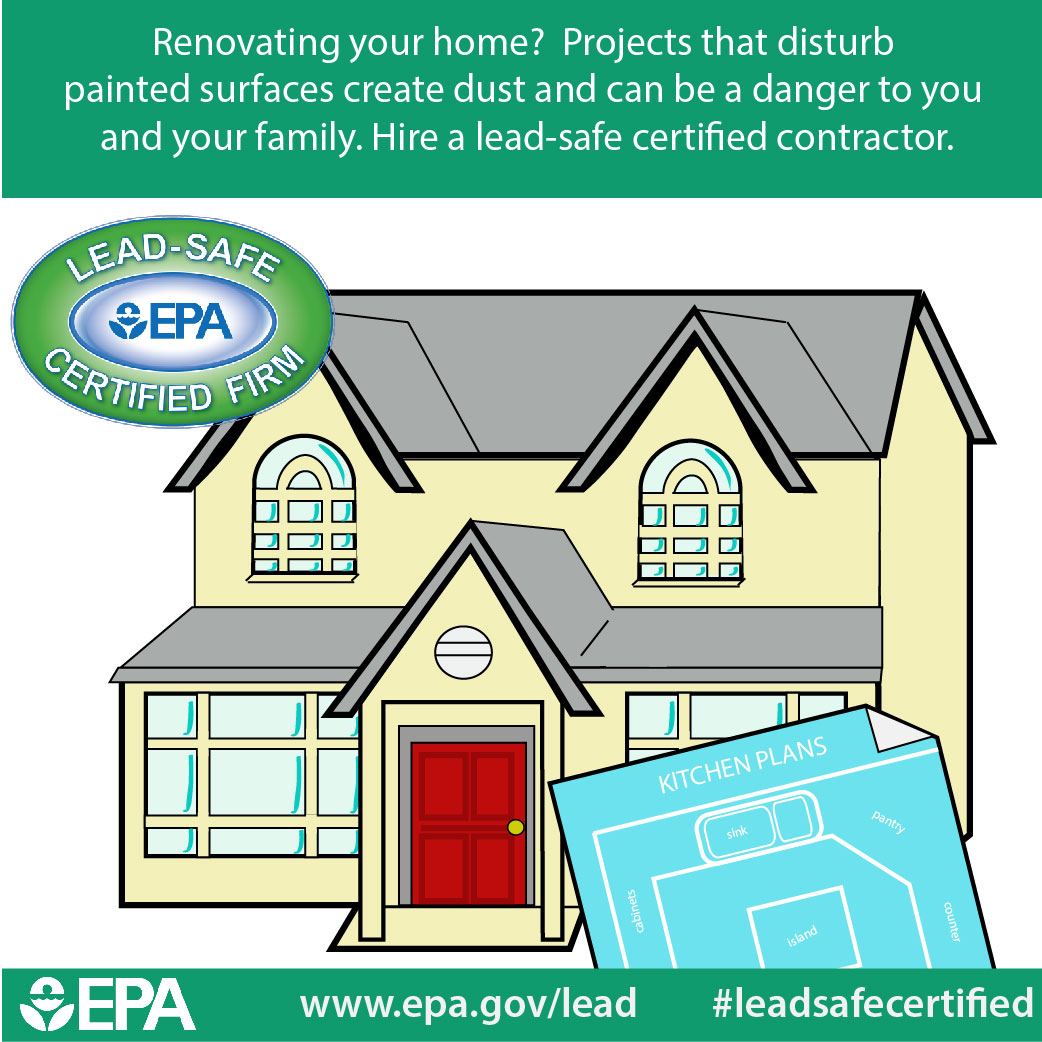Discover Exactly How Seasonal Influences Can Influence The Efficiency Of Business Exterior Painting And Learn The Most Beneficial Times To Make Certain Resilient Results For Your Project
Discover Exactly How Seasonal Influences Can Influence The Efficiency Of Business Exterior Painting And Learn The Most Beneficial Times To Make Certain Resilient Results For Your Project
Blog Article
Writer-Aguilar Celik
When you're intending a commercial exterior paint job, seasonal elements can make or break your outcomes. You'll wish to take into consideration exactly how temperature level and moisture influence paint application and drying out times. Picking the best period can ensure your paint adheres properly and lasts longer. But which periods are truly the most effective for this sort of job? Allow's discover the key elements that can affect your job's success.
The Effect of Temperature on Paint Application
When you're intending a commercial outside painting job, the temperature level can dramatically impact just how well the paint adheres and dries.
Preferably, you wish to paint when temperature levels vary in between 50 ° F and 85 ° F. If it's also chilly, the paint might not treat properly, bring about problems like peeling off or fracturing.
On the flip side, if it's too warm, the paint can dry as well rapidly, avoiding proper attachment and leading to an unequal surface.
You ought to likewise consider the moment of day; morning or late afternoon supplies cooler temperature levels, which can be a lot more beneficial.
Always examine supplemental resources for the details paint you're utilizing, as they frequently provide assistance on the ideal temperature level variety for optimum outcomes.
Moisture and Its Result on Drying Times
Temperature isn't the only ecological factor that influences your business exterior painting project; humidity plays a significant role also. High humidity levels can slow down drying times considerably, affecting the overall high quality of your paint work.
When the air is filled with moisture, the paint takes longer to cure, which can cause concerns like poor attachment and a higher risk of mold growth. If you're painting on a specifically humid day, be prepared for prolonged wait times in between coats.
It's critical to keep an eye on neighborhood climate condition and strategy as necessary. Ideally, aim for moisture levels in between 40% and 70% for optimum drying.
Keeping these consider mind guarantees your project stays on track and delivers an enduring coating.
Best Seasons for Commercial Outside Painting Projects
What's the best season for your business external paint projects?
Spring and very early fall are typically your best bets. Throughout these seasons, temperatures are mild, and moisture degrees are frequently lower, producing perfect conditions for paint application and drying out.
Avoid summer season's intense heat, which can create paint to dry as well swiftly, leading to inadequate bond and coating. In a similar way, winter's chilly temperature levels can prevent correct drying and healing, taking the chance of the durability of your paint job.
Aim for days with temperature levels between 50 ° F and 85 ° F for optimal outcomes. Remember to check the local weather forecast for rainfall, as wet problems can spoil your task.
how much does it cost to paint a room around these elements ensures your painting job runs smoothly and lasts much longer.
Conclusion
To conclude, planning your industrial outside paint jobs around seasonal factors to consider can make a significant difference in the result. By scheduling job during the optimal temperatures and moisture levels, you'll guarantee much better adhesion and drying times. Remember to keep an eye on regional weather report and select the correct time of year-- spring and early autumn are your best options. Taking these steps will help you accomplish a resilient and professional finish that lasts.
